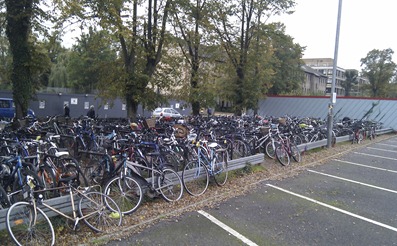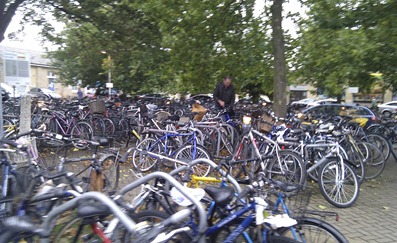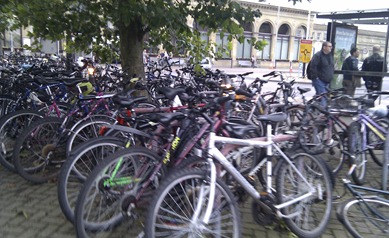Once again, I have been inspired to post here after reading an article on another cycling blog, this time Lovely Bicycle! Velouria outlines the choices she would make on a certain budget ($500), whether to purchase a new bike or restore a vintage bike. I found myself broadly in agreement with her, but I thought I would present my own take on the same idea, with a few changes and prices in Pounds Sterling. Suppose you have a budget of around £250.
Velouria advises a Raleigh Sports, a good solid choice. In the UK at least, Raleigh sold a number of 3-speeds which were essentially re-branded Raleigh Sports. These include the Transit, the Caprice and the Connoisseur
Raleigh Transit
Raleigh Connoisseur
Both of these bikes are essentially Raleigh Sports, and would only set you back around £50 or so on eBay. There are plenty available so shop around, ladies’ and gents’ versions are easily found. Ideally, try to find one which comes with a rear rack
These bikes come with ISO 590 mm wheels, which are labelled as 26 inch but are different to the 26 inch wheels and tyres (ISO 559 mm) you will commonly see in shops. The tyres and tubes will be best replaced with Schwalbe Delta Cruisers, a pair will set you back £28 but they are worth it. For the rear brake, replace the pads with KoolStop Salmon pads, which will set you back £11. For the front brake, replace the hub with a drum brake hub (£45), or for a little bit more a drum and dynamo hub (£63). If your existing front wheel has 36 spokes, the rim can be re-used, if not you will need a new 36 hole rim (£25) and spokes (~£10). Depending on your level of mechanical ability, you can either build the wheel yourself, or take the rim and hub to a bicycle shop offering wheel-building (such as Edinburgh Bicycle Co-Operative or Bicycle Doctor) who will provide spokes for around £10 and build the wheel for around £15. They will also be able to give the bike a service and install any other upgrades you are not comfortable doing for a nominal fee (around £30). In Manchester, IBIKEMCR offer free workshops from time to time where you can learn the skills to do these jobs on your own. A brake cable for your new front wheel will set you back around £8. A battery rear light such as this for £5 and a B&M dynamo front lamp for £36 will finish off the bike nicely.
Total (with all mechanical jobs done at shop):
| Component | Price |
| Bike | £50 |
| Tyres | £28 |
| Rear brake pads | £11 |
| Dynamo & brake hub | £63 |
| Rim | £25 |
| Spokes and build | £25 |
| Brake cable | £8 |
| Rear light | £5 |
| Front Lamp | £36 |
| Service and Installation | £30 |
| Total | £281 |
By doing the mechanical work yourself (or by finding a friend who can do it for you), you could have this for only £236. This may seem like a lot of money for an old bike, but it is worth remembering that the vast majority of new bikes do not come with lights, mudguards or chainguard and usually have derailleur gears. However if you prefer new to old, for only £300 you could have a brand new bike of similar spec, which could be perfected with a Sturmey-Archer dynamo/brake hub for only a little bit more (and selling the original front hub would recoup some of those losses).




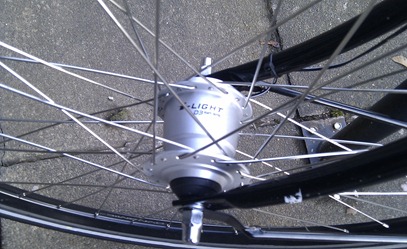
![4505981981_ddeb507839_o[1] 4505981981_ddeb507839_o[1]](http://lh3.ggpht.com/_R48YSqUGDr8/TMGZM5eK0wI/AAAAAAAAAtU/FT2l1fQtKM0/4505981981_ddeb507839_o%5B1%5D_thumb%5B3%5D.jpg?imgmax=800)
![IMAG0369%5B5%5D[1] IMAG0369%5B5%5D[1]](http://lh6.ggpht.com/_R48YSqUGDr8/TMGZN00ldiI/AAAAAAAAAtc/okDl3NjzEEs/IMAG0369%5B5%5D%5B1%5D_thumb%5B4%5D.jpg?imgmax=800)

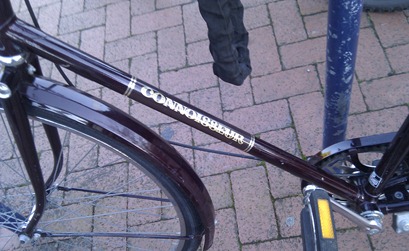
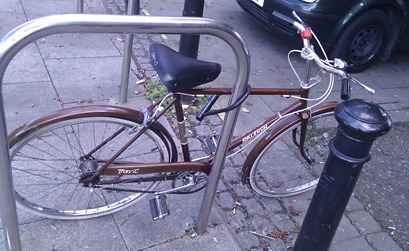
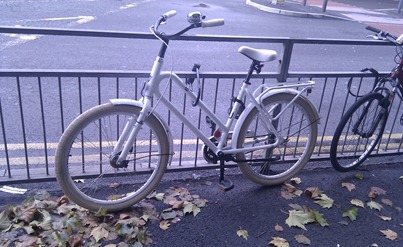


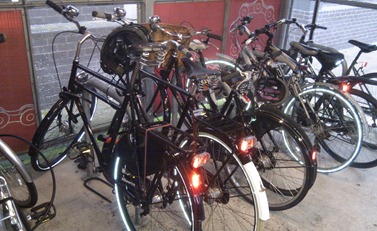
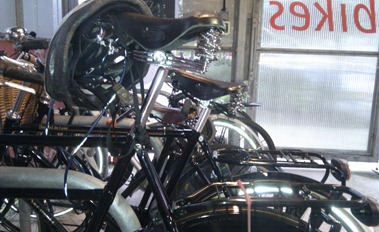
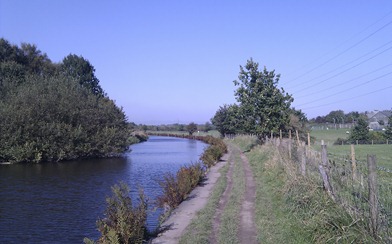
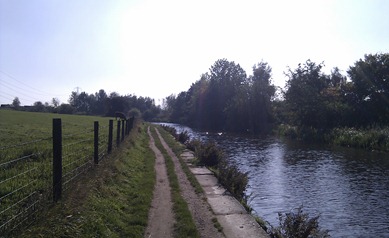
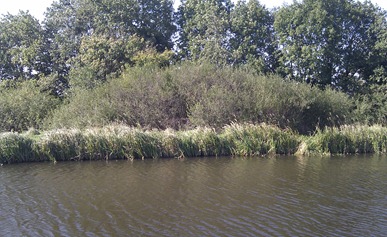
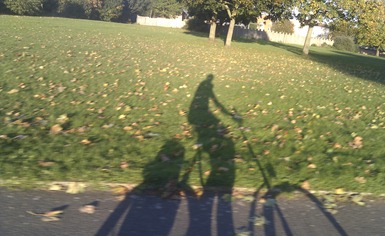










![Starley_Royal_Salvo_Tricycle_Rev[1] Starley_Royal_Salvo_Tricycle_Rev[1]](http://lh4.ggpht.com/_R48YSqUGDr8/TK70ERn0TbI/AAAAAAAAAps/ZKa5b0gVePk/Starley_Royal_Salvo_Tricycle_Rev%5B1%5D_thumb%5B3%5D.jpg?imgmax=800)
![Bicycling-ca1887-bigwheelers[1] Bicycling-ca1887-bigwheelers[1]](https://blogger.googleusercontent.com/img/b/R29vZ2xl/AVvXsEi2SDhDigMoTYklWRl-eugGF5IrfW-DrKL3hNFpFCEjfCmi1b20i5dylpHqn2fGWoGzbnmAvd29YW-TTPq2kBgGKoQiyixN5vzZFoK8aUZD44MpewXS5johp9wN3eAEhwqoYoFGS2f46j4i/?imgmax=800)
